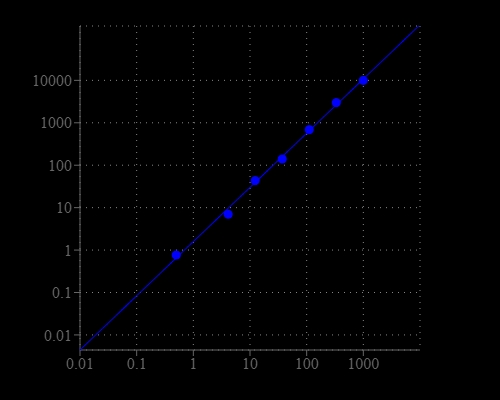Amplite® Fluorimetric Monoamine Oxidase Assay Kit
Red Fluorescence
Monoamine oxidases (MAO) are a family of flavin-containing amine oxidoreductases that catalyze the oxidation of monoamines. They are found bound to the outer membrane of mitochondria in numerous tissues including liver, intestinal mucosa, and nerves. In humans there are two types of MAO: MAO-A and MAO-B. MAO-A is particularly important in the metabolism of monoamines ingested in food. MAOs play a major role in the inactivation of neurotransmitters. MAO dysfunction has been associated with depression, schizophrenia, substance abuse, attention deficit disorder, migraines, and irregular sexual maturation. The Amplite® Monoamine Oxidase Assay Kit provides a quick and sensitive method for the measurement of monoamine oxidase and semicarbazide-sensitive amine oxidase (SSAO) activities in blood samples and other biological samples. The kit uses our Amplite® Red substrate which enables a dual recordable mode. The signal can be easily read by either a fluorescence microplate reader or an absorbance microplate reader. With the Amplite® Monoamine Oxidase Assay Kit, we have detected as little as 1 mU/mL SSAO in a 100 µL reaction volume. It can be performed in a convenient 96-well or 384-well microtiter-plate format and easily adapted to automation.


| Catalog | Size | Price | Quantity |
|---|---|---|---|
| 11303 | 200 Tests | Price |
Spectral properties
| Excitation (nm) | 571 |
| Emission (nm) | 584 |
Storage, safety and handling
| H-phrase | H303, H313, H333 |
| Hazard symbol | XN |
| Intended use | Research Use Only (RUO) |
| R-phrase | R20, R21, R22 |
| UNSPSC | 12171501 |
Instrument settings
| Fluorescence microplate reader | |
| Excitation | 540nm |
| Emission | 590nm |
| Cutoff | 570nm |
| Recommended plate | Solid black |
Contact us
| Telephone | |
| Fax | |
| sales@aatbio.com | |
| International | See distributors |
| Bulk request | Inquire |
| Custom size | Inquire |
| Technical Support | Contact us |
| Request quotation | Request |
| Purchase order | Send to sales@aatbio.com |
| Shipping | Standard overnight for United States, inquire for international |
Page updated on December 25, 2025

